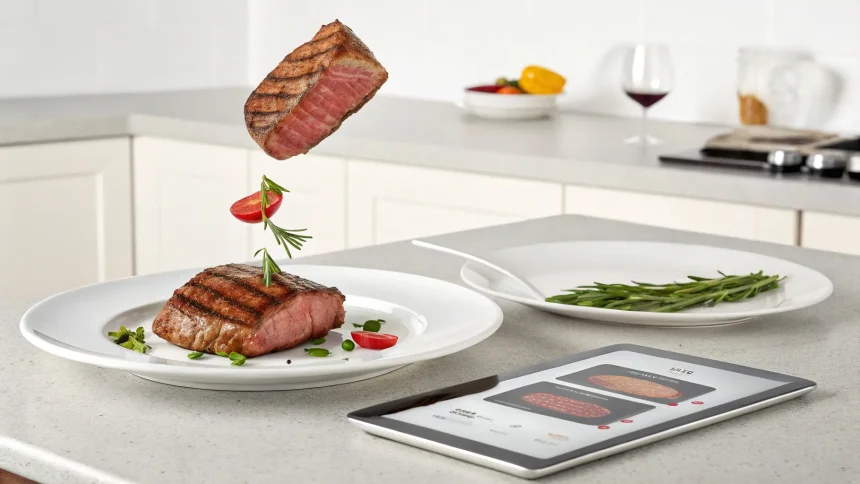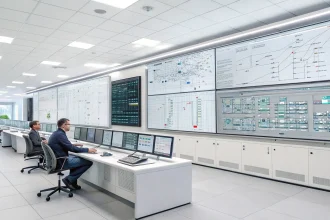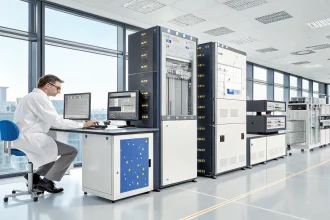A new technology allows food photographs to be digitally transferred to different plates, opening new possibilities for food photographers, restaurants, and social media content creators.
The innovative process, commonly referred to as “food photo enhancement,” enables users to take existing food images and seamlessly place the food onto different dishware without the need for reshooting. This technology addresses a common challenge in food photography where the plating or dishware may not match the desired aesthetic.
How The Technology Works
The technology uses advanced image processing algorithms to identify and separate the food from its original plate in a photograph. Once isolated, the food can be digitally placed onto a new plate background while maintaining natural shadows, reflections, and positioning.
Unlike basic photo editing that might result in unrealistic composites, this specialized enhancement preserves the natural relationship between the food and its new container, making the final image appear as if the dish had been originally served on the new plate.
Applications in Food Industry
Restaurants and food businesses have found multiple uses for this technology:
- Menu updates without costly reshoots when dishware changes
- Testing different presentation styles before investing in new plateware
- Creating consistent brand imagery across multiple locations
- Seasonal marketing campaigns using the same food photos with themed dishware
Food photographers report that this technology has reduced production costs and increased flexibility in client deliverables. Rather than scheduling additional photo sessions when clients request changes to plating, photographers can now offer digital alternatives.
Social Media Impact
The technology has gained popularity among food bloggers and social media influencers who can now create variety in their content without cooking the same dish multiple times.
“This tool allows content creators to maximize their food photography,” said a representative from a leading food media company. “A single cooking session can now yield multiple unique images with different presentation styles.”
Food styling professionals note that while the technology offers convenience, it doesn’t replace the skill of proper food arrangement and lighting. The quality of the original photograph remains crucial to achieving convincing results after enhancement.
Ethical Considerations
The rise of this technology has prompted discussions about transparency in food advertising. Some industry experts advocate for disclosure when enhanced images are used in commercial settings, particularly for restaurants where customers expect their orders to match promotional photos.
Regulatory bodies in several countries are currently reviewing guidelines for digitally enhanced food imagery, similar to existing rules about photo manipulation in other advertising sectors.
Despite these concerns, the technology continues to gain adoption across the food industry as businesses balance authenticity with the practical benefits of digital enhancement.
As the technology evolves, developers are working on expanding capabilities to include not just plate swapping but also background changes, lighting adjustments, and even food modification while maintaining photorealistic results.









